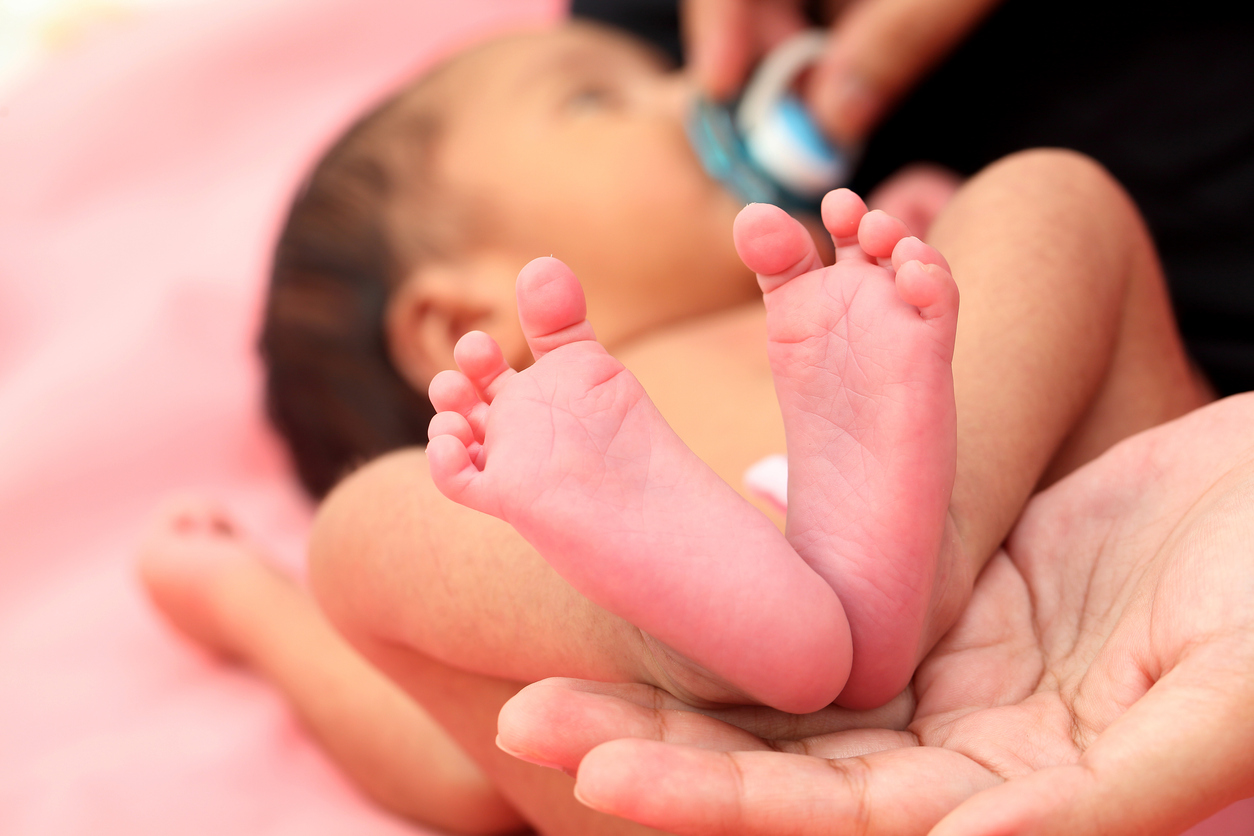
India’s Infant Mortality Rate down to half, but still far behind developed world
Kerala (6), Mizoram (3) and Goa (5) have the lowest levels of IMR. On average, the numbers of infant deaths in rural India (31) is much higher than in urban India (19)

India’s infant mortality rate (IMR) has dropped significantly in the last 10 years, though the drastic change was visible only in those states which have shown consistent improvement over the years, according to Sample Registration System (SRS) bulletin on Infant Mortality Rate.
The national IMR was 20 in 2020, down from 47 in 2010. Expectedly, the numbers in rural India (31) is much higher than in urban India (19). Still, this is a major shift from the year 1971 when India’s infant mortality rate was an astonishing 129! Which means 129 of the every 1,000 babies born would die before attaining one year of age.
Presently, Kerala (6), Mizoram (3) and Goa (5) have the lowest levels of IMR, but states like Uttar Pradesh (38), Madhya Pradesh (43) and Assam (36) are still lagging when it comes to reducing infant deaths. In contrast, states like Delhi, Kerala and Jammu & Kashmir have consistently shown improvements.
In all the north-eastern states, Assam has the highest infant mortality rate of 36, followed by Meghalaya at 29 and Arunachal Pradesh at 21.
MP’s IMR in 2020 was 43; in 2010 it was 62. Uttar Pradesh’s IMR was 61 in 2010, now it is down to 38. Health experts are satisfied with UP’s progress because it means lives of 1.37 infants (per 1,000) have been saved in the last decade.
ORGI releases the annual SRS Bulletin 2020 today, which presents the estimates of Birth Rate, Death Rate, Natural Growth Rate & Infant Mortality Rate (IMR) for the year 2020 for Indian States & Union Territories. https://t.co/7vkcGPZWUV@HMOIndia @MoHFW_INDIA pic.twitter.com/Yg2UZyTodm
— Census India 2021 (@CensusIndia2021) May 25, 2022
Unicef head for Uttar Pradesh, Kanupriya Singhal said a good number of babies born are now being saved as the rate of institutional delivery and availability of sick new born care units in UP has improved drastically.
Also read: Singer KK’s death reaffirms it — Indians are vulnerable to heart diseases
Setting another milestone in the health care sector, Odisha has registered a 39-point decline in infant mortality rate (IMR) in a span of 15 years, which is the “highest in the country”, the chief minister’s office said on Thursday. Odisha’s IMR now stands at 36 per 1000 live births.
Odisha was followed by Rajasthan, which recorded a 36-point decline in IMR between 2005 and 2022.
Karnataka’s IMR dropped to 19 in 2020.
Chhattisgarh has shown the least improvement, falling from 51 in 2010 to 38 in 20Still, it 20.
Bihar was slow to improve between 2010 and 2015, but gathered pace later on – a drop in IMR from 42 to 27 in the next five years. Jammu and Kashmir did very well in the first five years (2011 to 2015), bringing down the IMR from 43 in 2010 to 26 in 2015, but the progress wasn’t impressive in the next 5 years.
Also read: Why health experts think India needs to pay more attention to ‘lean’ diabetes
India’s IMR (20) is only better than Pakistan (57) and Myanmar (35) when compared with its immediate neighbours. Sri Lanka (6), Bangladesh (24), Nepal (24) and Bhutan (23) have lower IMR than India.
Among BRICS (Brazil, Russia, India, China and South Africa) countries, Russia’s IMR was 4, China’s 6, Brazil’s 13 and South Africa’s 26. Countries like Singapore, Japan, Norway, Sweden, Finland and Estonia have an IMR of 2. The IMR of the UK is 4, and the US’ is 5.

